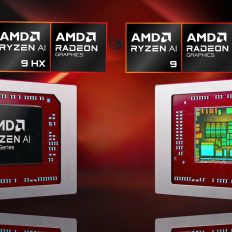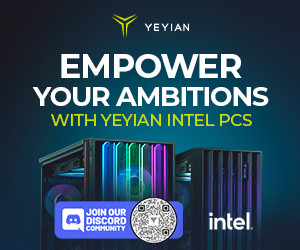The GPU Open Twitter/X account revealed that AMD engineers S. Fujieda and T. Harada will present a neural texture block compression technique during next week's 35th Eurographics Symposium on Rendering. The session is scheduled to take place on July 2 at 3:30-3:45 PM local time at the Imperial College London, South Kensington, London, UK.
The main goal of this technique is to significantly reduce the ever-increasing size of games. Using a neural network, the textures (one of the main culprits) will be compressed to reduce the data size. AMD also promises 'unchanged runtime execution' that will help developers easily integrate the technique into their games.
More details and possibly a full paper will be released next week. However, it's easy to imagine it won't be too different from NVIDIA's neural compression technique unveiled at SIGGRAPH 2023. Here's a basic overview of NVIDIA's technique:
The continuous advancement of photorealism in rendering is accompanied by a growth in texture data and, consequently, increasing storage and memory demands. To address this issue, we propose a novel neural compression technique specifically designed for material textures. We unlock two more levels of detail, i.e., 16× more texels, using low bitrate compression, with image quality that is better than advanced image compression techniques, such as AVIF and JPEG XL.
At the same time, our method allows on-demand, real-time decompression with random access similar to block texture compression on GPUs, enabling compression on disk and memory. The key idea behind our approach is compressing multiple material textures and their mipmap chains together, and using a small neural network, that is optimized for each material, to decompress them. Finally, we use a custom training implementation to achieve practical compression speeds, whose performance surpasses that of general frameworks, like PyTorch, by an order of magnitude.
AMD is trying to catch up with NVIDIA in AI-based neural techniques, but it's not an easy feat. After trying to match NVIDIA DLSS with non-AI-based methods, AMD teased the addition of AI in the next iteration of FidelityFX Super Resolution (FSR). However, NVIDIA isn't likely to rest on its laurels, and the imminent announcement of the GeForce RTX 50 Series GPUs might be coupled with the unveiling of DLSS 4, the next step in AI upscaling for games. We won't have to wait too long to learn what each company has prepared for their respective upscalers.





